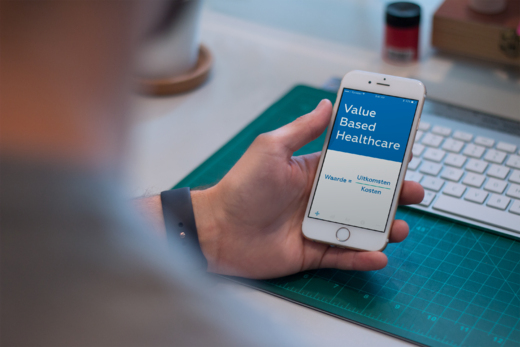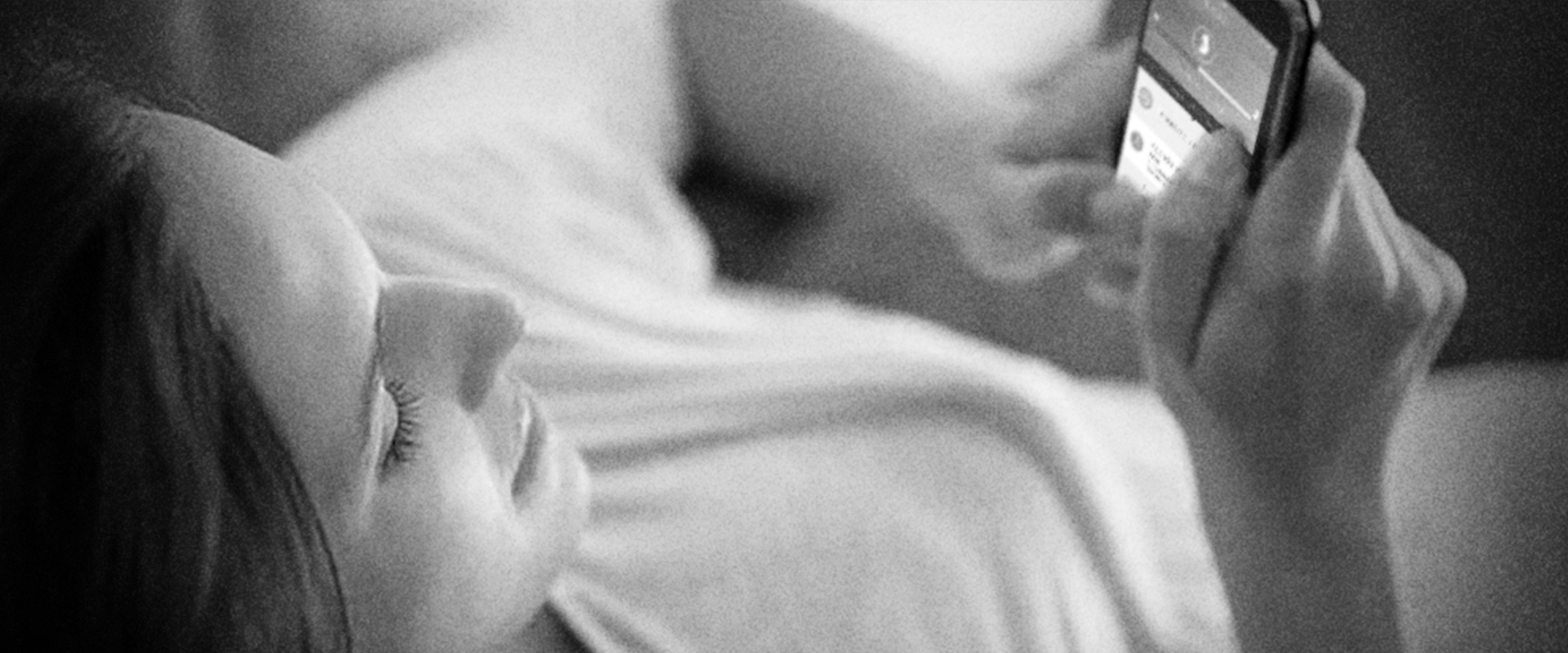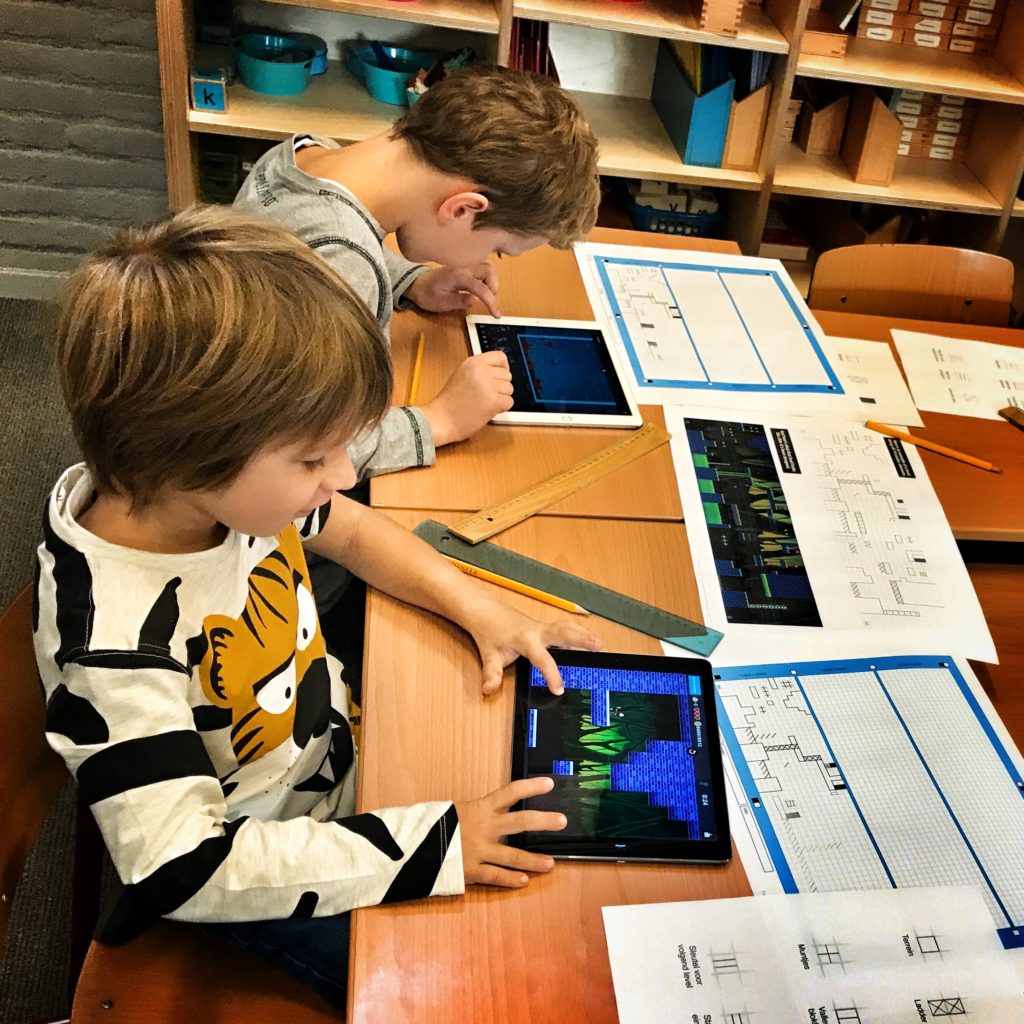According to scientists and certain optimistic enthusiasts, we might be ready to send the first…
Value-Based Healthcare: Redefining Healthcare with Mobile

Anyone who takes a good look at the Dutch healthcare sector may get a feeling of ‘abundance and unease’. Annually, all of us together spend approximately 95 billion euros on health and wellbeing; the Dutch healthcare system is one of the world’s best. And yet, on the other hand we fully realize that the care of the chronically sick in combination with the impending ‘silver-tsunami’ requires structural solutions. Value-based health care seems to be the new buzzword when talking about possible solutions.
In part, due to ‘lean thinking’ the percentage of our GDP spent on healthcare has decreased over the last few years. The focus lies mostly on process optimization, efficiency and savings. According to the Ministry of Health, just 9% of the healthcare related indicators concern ‘medical’ outcomes and the remaining vast majority concerns procedural and structural aspects. This is indicative of what the priorities were in the past, but it seems that the tide has now turned for good. In respect of the ‘Loesian’ statement “if you focus on costs the quality goes down, if you focus on quality the cost goes down”, the Value Based Healthcare (VBHC) idea has found its way to Dutch healthcare. In essence, VBHC adheres to the traditional Dutch principle of sound business practice through creating as much patient value as possible for every Euro spent.
In his book, ‘Redefining Health Care’, Michael Porter describes the six ingredients of the recipe for ‘value driven care’. IT technology is regarded as supportive and as an ‘enabler’. He doesn’t do proper justice to the modern day possibilities of mobile technology (mHealth), which is really not all too surprising considering that the first iPhone only came out two years after his book. As with many other innovations, it seems to also be the case that the healthcare sector is turning towards disruptive technology primarily for its cost-saving potential. Indeed, a (CE-certified) medical app can lead to savings, for example by replacing (task reallocation) or reorganizing interventions in the existing treatment plan (ex. Blended Care).
We have developed mobile care applications that have contributed, within an existing treatment plan, to demonstrable intramural cost control and societal cost reductions. And it goes without saying, mobile technology can offer true value in every phase of a patient journey, either for individual patients or for specific patient groups; early diagnosis, information provision, shared decision making, compliance and remote monitoring come to mind.
Besides from mHealth’s ability to contribute towards efficiency and cost reduction, it is at least as important to consider to what extent mobile technology, within the framework of the VBHC idea, can contribute to the improvement of specific Health Outcomes; basically, the more durable indicators of our health care system. Porter prioritizes these in his book and outlines them in his ‘outcome hierarchies’. He distinguishes the below health outcomes:
- Survival and the extent to which the patient has been healed.
- The duration and nature of the recovery process, the duration of hospitalization, discomfort experienced and eventual complications.
- The durability of recovery, unplanned readmissions and therapy-induced comorbidity.
At the moment, most Health Outcome measurements are based on clinical information from a wide range of registries. Most of these registries don’t contain any parameters generated by the patient in direct and thus lack the dimensions that could be of primary relevance to the patient. There are of course also the Patient Reported Outcomes; however, in practice these tend to be nothing more than responding to the healthcare practitioner’s favorite questions, such as “How have you been the last few weeks?’ or the retrospective filling-out of questionnaires. Why don’t we just simply ask the patient to systematically and regularly measure relevant patient-outcomes, for example, through mobile technology? Let’s take a rheumatism-patient as an example. Current practice is for the treating physician to ask about the pain experienced over the last 6 weeks; and that whilst this could be recorded on a mobile phone via a simple VAS-score several times a day. It would be just as easy and not require any additional data input on behalf of the patient or the doctor. The recordings could even be correlated with the amount of steps taken by the patient on any given day.
Mobile technology is ideally suited for enabling patients to regularly measure relevant outcomes themselves. These Patient Generated Health Data are complementary to the medical data that are now mostly gathered in a clinical setting at a specific point in time (episode). Together they provide a holistic picture of the individual patient and thereby offer an excellent basis for good-quality individual care. A challenge remaining to be faced is that such measurements at the population level need to, on the one hand, be specific enough to serve the medical condition, and on the other hand, also be generic enough to be able to compare the outcomes with the quality of care.
The International Consortium for Health Outcome Trial Measurement (ICHOM) has further elaborated 20 medical conditions, found in Porter’s Outcome Hierarchies, which together represent 40% of the total burden of disease. In each dataset experts from the various participating countries together formulated relevant patient health outcomes and measures, including a proposed frequency of measurement. A fully developed ICHOM standard set is a good starting point for deciding which Patient Generated Health Data should be collected for disease-specific health outcomes. A minor point, but nevertheless trust-inducing, is that Dutch healthcare professionals contributed towards 17 cases used for the development of the 20 standard sets.
An example is the set elaborated for breast cancer: the patient is questioned about their general health through, among other things, an EORTC QLQ-C30 or a BR23 questionnaire. In order to form an idea of the patient’s general, physical and functional wellbeing they are asked to indicate on a 5-point scale whether they slept well during the past 7 days, experienced pain, felt tired, etc. The modern alternative is to make use of the mobile phone, possibly in combination with a wearable, to record the sleeping pattern, activity levels and the pain pattern of the patient over longer periods. The large quantity of combined Patient Generated Health Data provides a more complete clinical picture, improves insights for the care professional and patient, and encourages shared decision making. Care with value for the patient, that’s what VBHC is all about.
Want to know more? Please contact me via Roland@synappz.nl
The October symposium of the Thijmenootschap medical department had a catchy title: ‘Being Tempted to Behave Healthily, Persuasive Technologies in Healthcare’. This evening filling-program covered the theme of ‘techniques for tempting’ in a medical setting. What kinds of techniques are we talking about and what are the ethical implications? We gave a presentation about our vision on this fascinating subject.




